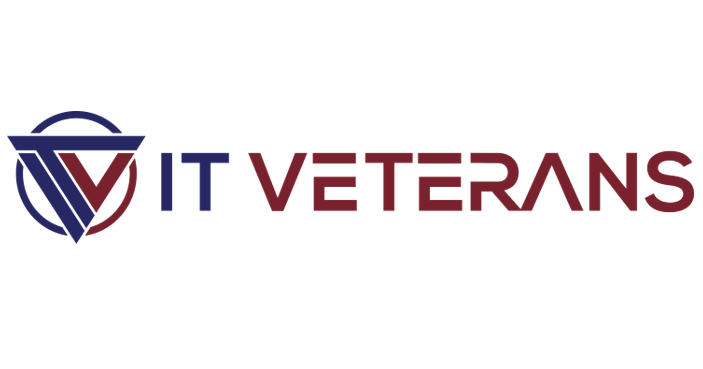Understanding Ransomware-as-a-Service Dangers
In the digital age, where technology intertwines with daily operations, the emergence of Ransomware-as-a-Service (RaaS) marks a significant evolution in cybercrime. This model democratizes the ability to launch ransomware attacks, offering a sinister twist on the conventional Software-as-a-Service (SaaS) model. RaaS enables individuals with minimal technical skills to execute sophisticated ransomware attacks, expanding the threat landscape and complicating cybersecurity defenses.
Industry Perspectives
CrowdStrike: Operational Model & Functionality
CrowdStrike explains the RaaS phenomenon, likening it to a SaaS business model where ransomware operators develop and maintain malicious software. These operators then collaborate with affiliates who deploy these ransomware tools in attacks, sharing the profits from their nefarious activities. The ease of access to RaaS kits on dark web forums, complete with customer support and bundled offers, starkly illustrates the industrialization of cybercrime.
Microsoft: Business Model & Challenges
Microsoft delves deeper into the operational dynamics of RaaS, highlighting the reciprocal relationship between operators and affiliates. This collaboration not only accelerates the pace of attacks but also blurs the lines of attribution, making it challenging for cybersecurity professionals to trace and combat these threats. The model’s efficiency and low entry barriers signify a daunting escalation in the scale and sophistication of ransomware attacks.
IBM: Implications for Cybersecurity
IBM offers an insightful perspective on RaaS, highlighting its nature as a cybercrime business model where ransomware tools and services are sold to other hackers. This model has contributed to the prevalence of Ransomware by lowering the entry barrier for cybercriminals, enabling those with limited technical skills to launch attacks. IBM’s analysis underscores the challenges this model presents for cybersecurity, emphasizing the need for comprehensive strategies to combat these evolving threats. Read more about it at IBM for a deeper understanding of RaaS and its implications.
Assessment
The three sources from CrowdStrike, Microsoft, and IBM offer varied perspectives on RaaS. CrowdStrike focuses on the operational aspect, detailing how RaaS functions similarly to a SaaS model and its impact on the cybercrime ecosystem. Microsoft highlights the RaaS business model and its contribution to the rise of Ransomware, stressing the challenges of attributing attacks due to the structure of the RaaS model. IBM delves into the implications of RaaS for cybersecurity, emphasizing the lowered entry barriers for attackers and the resultant need for robust defense mechanisms. As a cybersecurity professional, it’s evident that while each source provides unique insights, collectively, they underscore the complexity and evolving nature of RaaS, reinforcing the need for advanced, multi-layered cybersecurity strategies to combat this growing threat.
Common Operational Hazards of Getting Hit by RaaS
RaaS attacks present significant operational hazards to organizations, encompassing data encryption and potential loss, hefty financial burdens due to ransom demands, operational disruptions affecting productivity, reputational damage diminishing customer trust, and possible regulatory and legal repercussions following data breaches. Addressing these risks proactively is crucial for organizational resilience against the major issues outlined below:
- Data Encryption and Loss: RaaS attacks often lead to data encryption, preventing organizations from accessing critical information. If backups are unavailable, this can potentially lead to significant data loss.
- Financial Impact: Ransom demands can be excessive, placing a heavy economic burden on organizations. Paying the ransom also doesn’t guarantee data recovery and can encourage further attacks.
- Operational Disruption: A RaaS attack can cripple critical operational systems, leading to downtime, loss of productivity, and potentially halting business operations entirely.
- Reputational Damage: Falling victim to a RaaS attack can harm an organization’s reputation, erode customer trust, and potentially lead to losing business and partners.
- Regulatory and Legal Consequences: Organizations affected by RaaS may face regulatory fines for data breaches, especially if sensitive customer information is involved. They may also face legal challenges and increased scrutiny.
The advent of RaaS represents a paradigm shift in the landscape of cyber threats, rendering traditional defense mechanisms insufficient. As RaaS continues to evolve and increase, organizations must adopt a proactive and comprehensive approach to cybersecurity. This includes staying abreast of emerging threats, implementing advanced detection and response systems, and fostering a culture of cybersecurity awareness. In combating the industrialization of cybercrime, a unified and dynamic defense strategy is beneficial and essential for safeguarding the digital infrastructure that underpins our modern world.
CrowdStrike. (2023, January 30). What is Ransomware as a Service (RaaS)? Retrieved from https://www.crowdstrike.com/cybersecurity-101/ransomware/ransomware-as-a-service-raas-explained/
Microsoft. (2022, May 25). Ransomware as a service: The new face of industrialized cybercrime. Retrieved from https://www.microsoft.com/security/blog/2022/05/25/ransomware-as-a-service-the-new-face-of-industrialized-cybercrime/
IBM. (n.d.). What Is Ransomware as a Service (RaaS)? Retrieved from https://www.ibm.com/topics/ransomware-as-a-service
Cybersecurity & Infrastructure Security Agency (CISA). (n.d.). Ransomware Guidance and Resources. Retrieved from https://www.cisa.gov/ransomware
National Cyber Security Centre (NCSC). (n.d.). Mitigating malware and ransomware attacks. Retrieved from https://www.ncsc.gov.uk/guidance/mitigating-malware-and-ransomware-attacks
